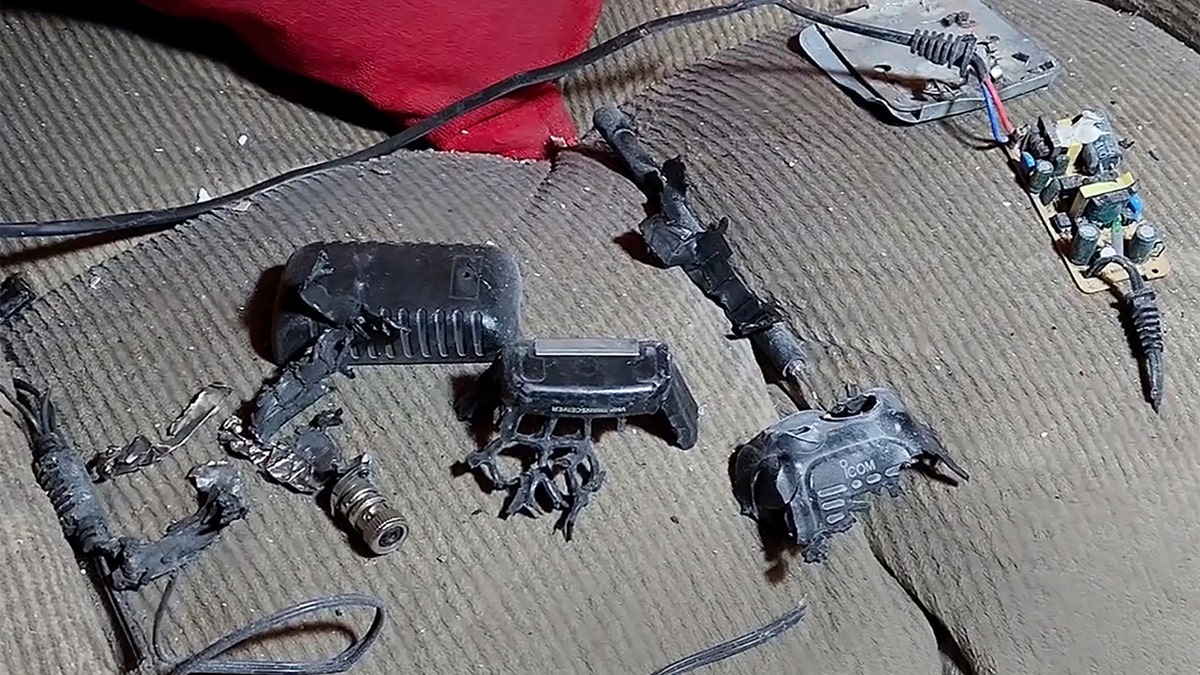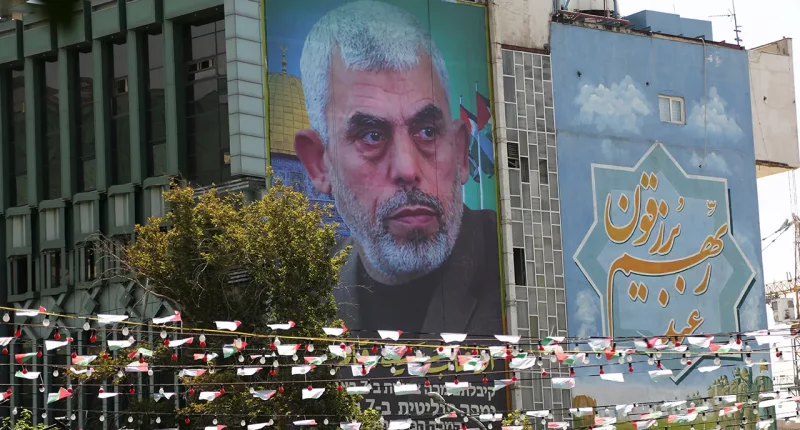Share this @internewscast.com
JERUSALEM — The late Hamas leader Yahya Sinwar had anticipated that his assault on Israel on October 7, 2023, would rally support from Hezbollah and all the Iran-affiliated groups, effectively igniting an extensive conflict against Israel, America’s principal ally in the Middle East.
The long-stated goal of the troika of terrorist regimes — Hamas, Iran and Hezbollah — was the end of the Jewish state.
However, the outcomes of Sinwar’s aspirations on October 7 have spiraled into a cascade of severe, unforeseen repercussions for Hamas in the Gaza Strip, Hezbollah in Lebanon, and the broader “Axis of Resistance” led by the regime.

This video grab shows a walkie-talkie that exploded inside a house in Baalbek, east Lebanon, on Wednesday, Sept. 18, 2024. (AP Photo)
Zehavi said while Sinwar perhaps made a tactical decision to invade, she cautioned about giving too much credit to Sinwar.
She brought attention to Mohammed Said Izadil, reportedly eliminated by Israel on Saturday, who was in charge of the Palestinian affairs sector within the Quds Force, part of Iran’s Islamic Revolutionary Guards Corps. Izadil played a significant role in orchestrating the October 7 invasion. Documents uncovered by the IDF in Gaza indicated that Izadil had prior knowledge of Hamas’s plans for the October 7 attack on Israel.
Zehavi, who is an IDF lieutenant colonel (Res.), said, “It is too soon to tell where those changes will lead us” in the Middle East.
The first effect of October 7, she said about the enemies of Israel and the U.S. in the Middle East, is, “Israel can no longer tolerate monsters who threaten its very existence. We are eliminating those monsters one after the other, with the support of the United States, which is also very important.” She warned, however, that the open question is, will the terrorist regimes and organizations recover?”
















